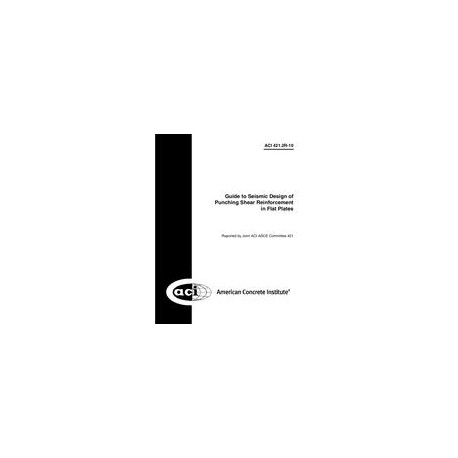Cart 0 Product Products (empty)
No products
To be determined Shipping
$0.00 Total
Product successfully added to your shopping cart
Quantity
Total
There are 0 items in your cart. There is 1 item in your cart.
Total products
Total shipping To be determined
Total
New Reduced price!  View larger
View larger
 View larger
View larger ACI 421.2R-10
M00003013
New product
ACI 421.2R-10 Guide to Seismic Design of Punching Shear Reinforcement in Flat Plates
standard by American Concrete Institute, 04/01/2010
ACI Committee 421
In stock

